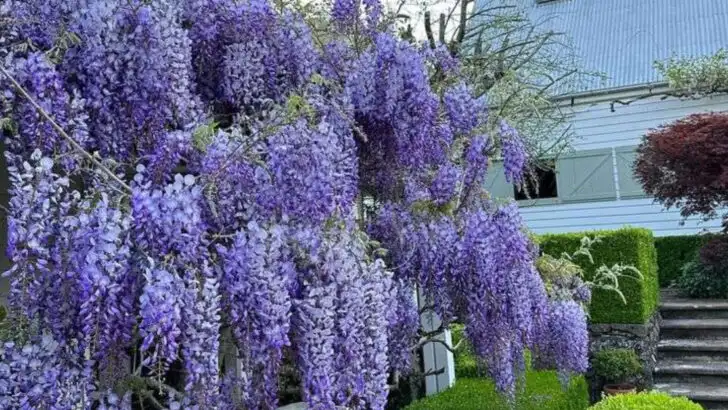Some groundcovers look innocent in the nursery pot, then spend the next few summers swallowing garden beds, popping up in the lawn, and sneaking under the fence to greet the neighbors. Others stay politely where you plant them, filling gaps without staging a takeover. Figuring out which is which before you buy can save a lot of weekend weeding and a few strained friendships.
The lineup below calls out eight fast‑spreaders that have left plenty of gardeners shaking their heads, along with eight dependable creepers that behave more like tidy carpets than runaway vines. Knowing the difference means you can still get that soft, full look at soil level without drafting yourself into an endless battle with the spade.
Kudzu
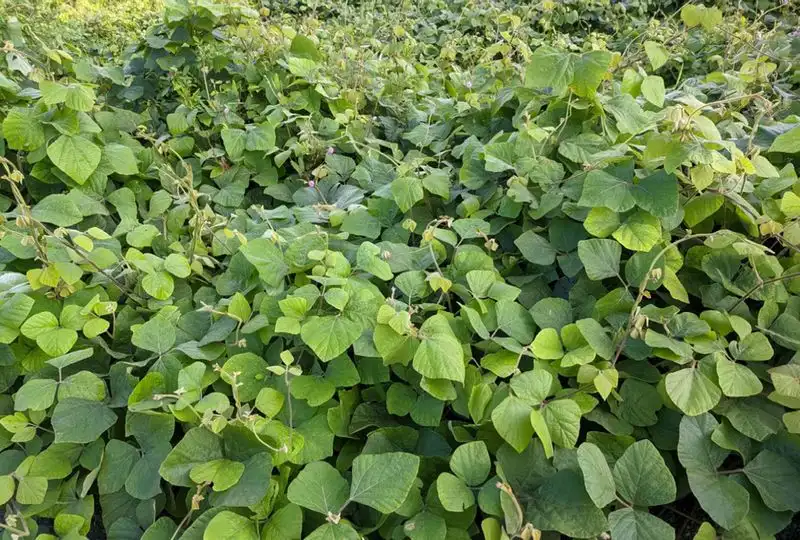
Kudzu has a reputation for being a garden invader. With its rapid growth, kudzu can smother trees and shrubs, causing significant damage. This invasive vine, originally from Asia, was introduced for erosion control but quickly spread beyond control.
Its ability to grow over a foot a day makes it a formidable opponent in any garden. Homeowners often find themselves in a constant battle to reclaim their landscapes.
Once established, kudzu is hard to eradicate, requiring persistent effort and often professional intervention. Approach with caution if you’re considering adding this plant to your garden.
English Ivy
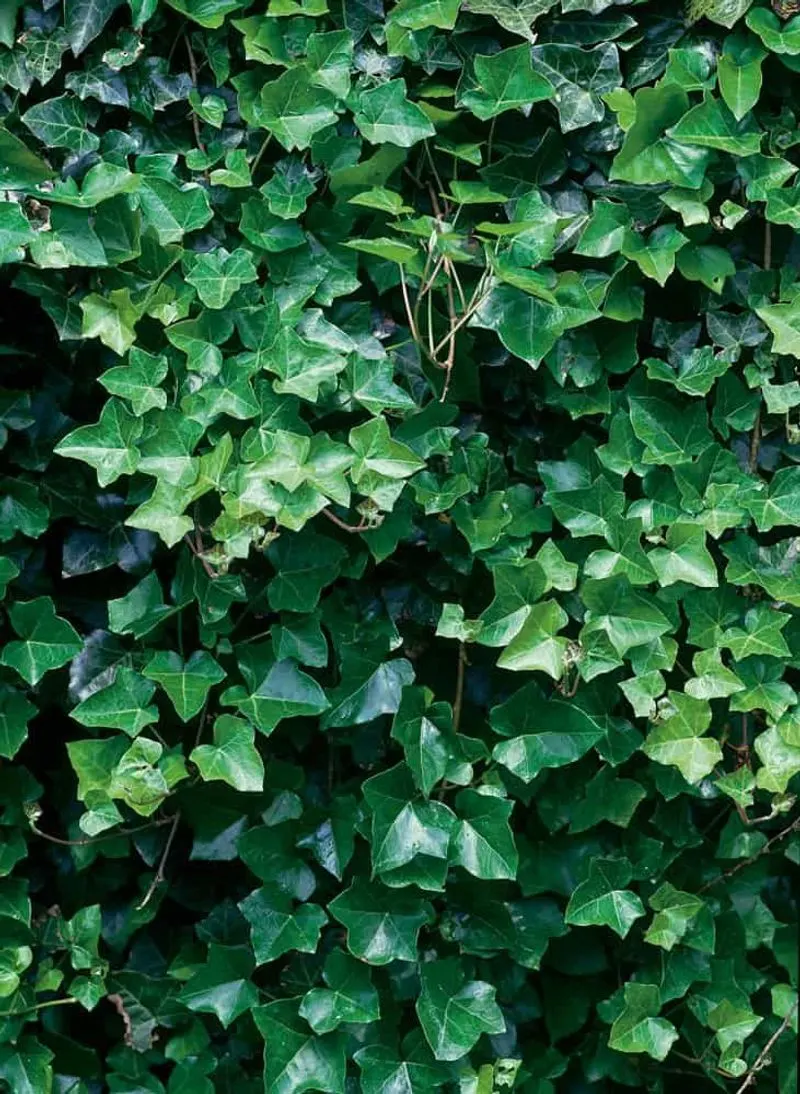
English Ivy is a classic beauty, often seen gracing old buildings. However, it clings tightly to structures, potentially causing damage over time. Its aggressive nature allows it to quickly cover large areas, including trees.
This can lead to suffocation of other vegetation, making it a plant some gardeners regret. Its evergreen leaves provide year-round greenery, a tempting feature for some.
Despite its charms, English Ivy requires regular maintenance to prevent undesired spread and structural impact. Consider your willingness to manage its growth before planting.
Wisteria
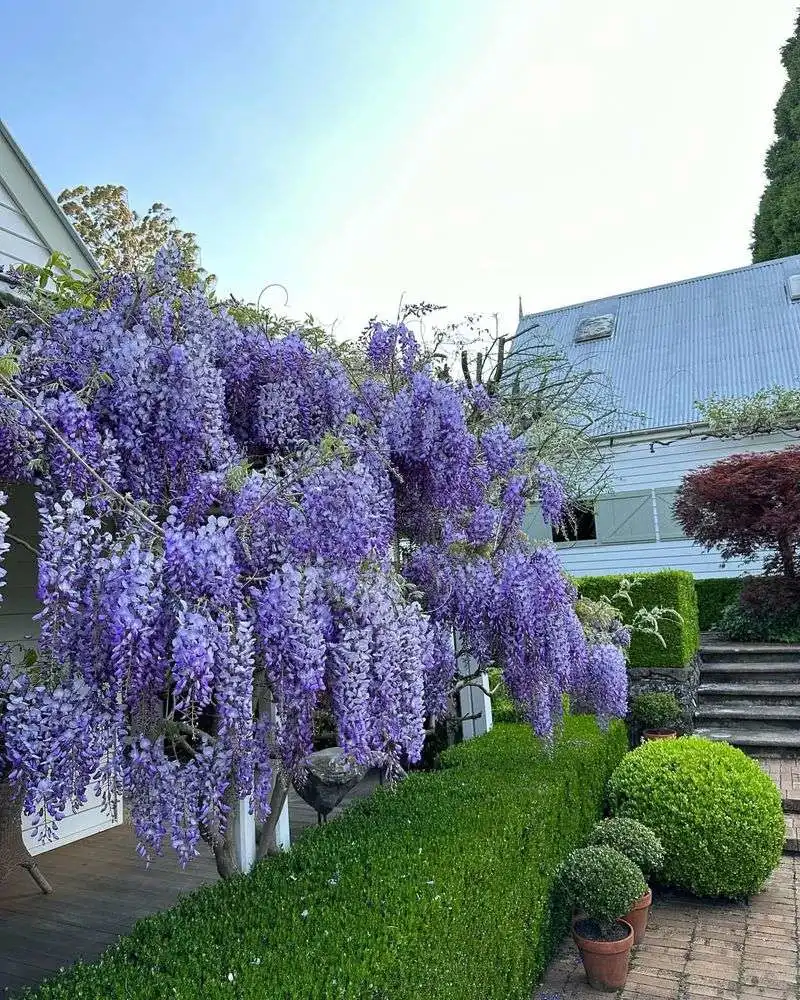
Wisteria’s cascading blooms can transform any garden into a fairytale scene. Yet, its vigorous growth can overtake structures, choking out other plants in its path. Native to Asia, wisteria is known for its stunning purple flowers.
However, its beauty comes with the price of relentless growth, requiring frequent pruning to keep it in check. Gardeners often fall for its charm, only to find their garden overwhelmed.
Ensure you have the time and energy to manage this plant’s exuberance if you choose to introduce it to your landscape.
Morning Glory
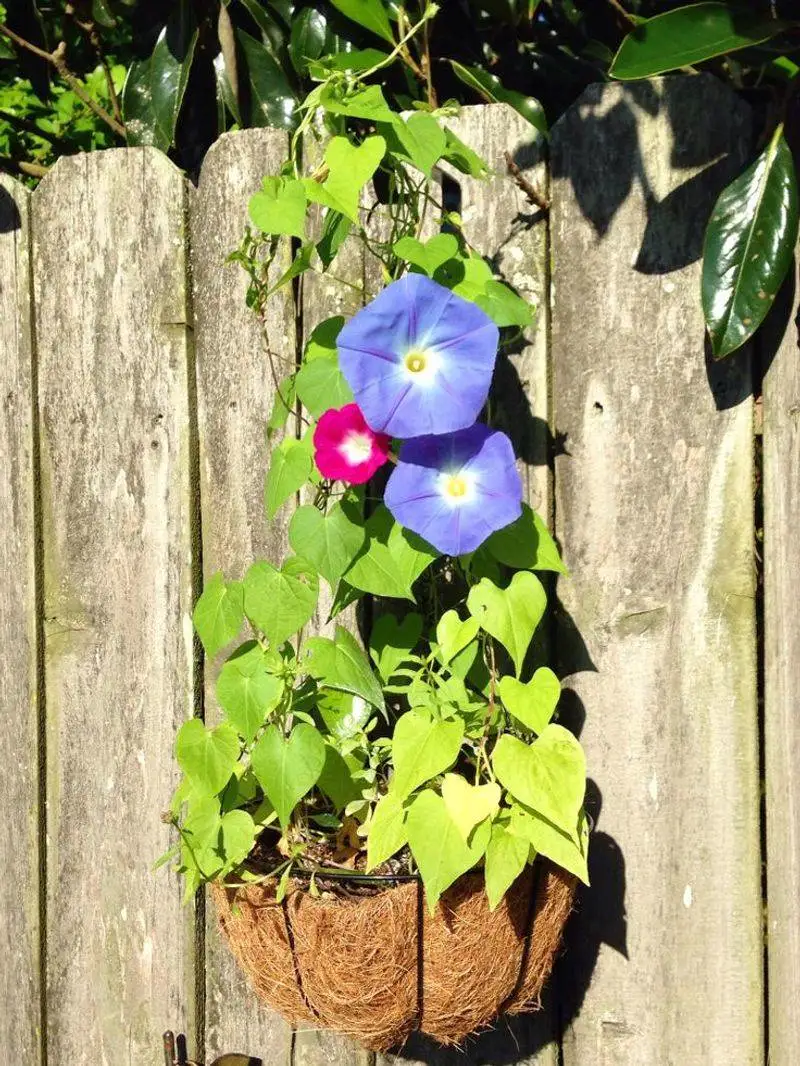
Morning Glory is admired for its stunning, trumpet-shaped flowers that greet the morning sun. However, this vine spreads rapidly, potentially smothering other garden plants.
Its ability to self-seed means it often pops up where it’s not wanted, becoming a gardener’s headache. Though it adds a burst of color, be prepared for its invasive nature.
Managing its growth can become a regular task, requiring diligence. If you’re drawn to its beauty, ensure you’re ready for the maintenance it demands.
Japanese Knotweed
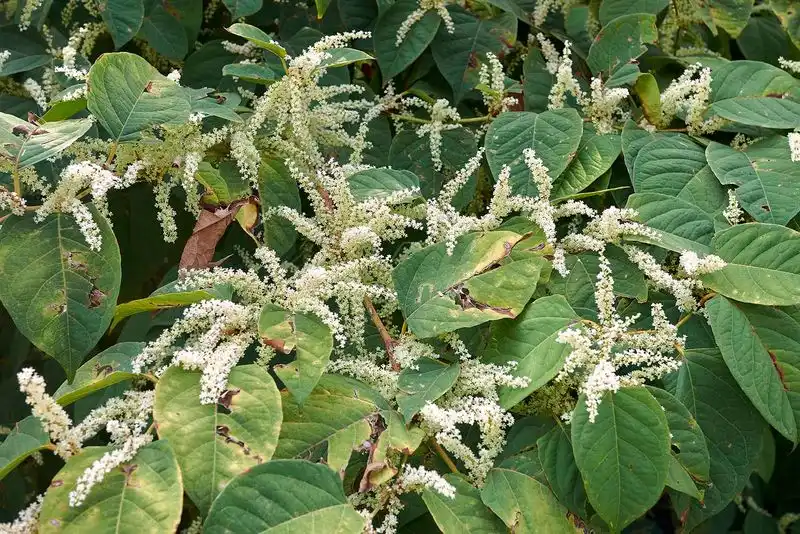
Japanese Knotweed is infamous for its aggressive nature. This plant’s robust underground rhizomes can damage foundations and hard surfaces. Originally introduced as an ornamental, it has become a notorious invader.
It grows rapidly, forming dense thickets that outcompete native vegetation. Once established, it becomes extremely difficult to remove, often requiring professional help.
Its resilience is both impressive and daunting, demanding careful consideration before planting. Avoid introducing this plant unless you are fully prepared for its management challenges.
Honeysuckle
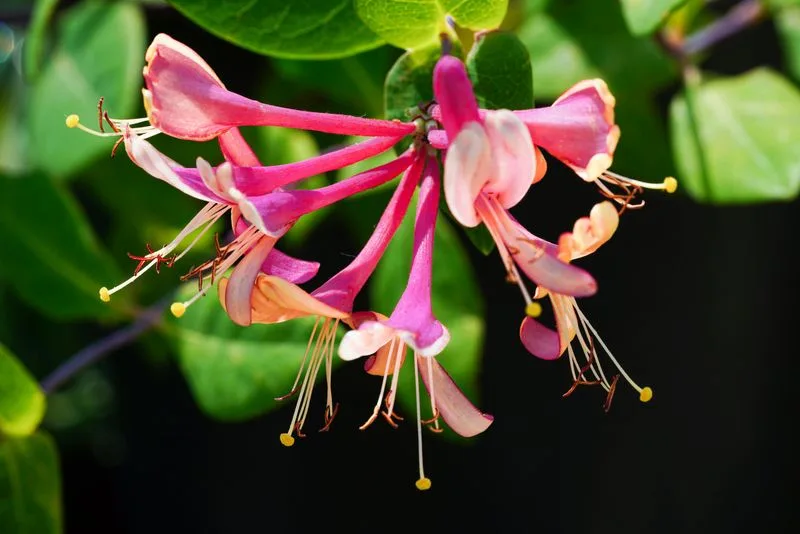
Honeysuckle offers sweet-smelling blooms and attractive berries, but it’s also a rampant grower. This plant can quickly take over garden spaces, wrapping around trees and structures.
Its dense foliage may crowd out more delicate plants, requiring constant vigilance to keep it from spreading uncontrollably. The intoxicating scent belies its invasive tendencies.
Gardeners need to regularly prune and manage honeysuckle to prevent it from becoming a nuisance. Consider its potential impact before welcoming it into your garden.
Virginia Creeper
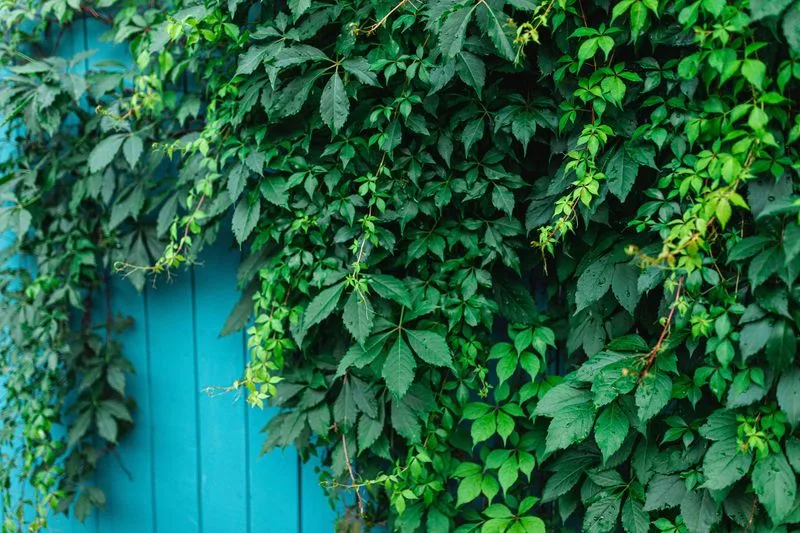
Virginia Creeper is known for its stunning fall color, turning a vibrant red that can transform any garden. However, its rapid growth can quickly cover walls and climb trees.
This plant’s adhesive pads allow it to cling to surfaces, potentially causing damage. It’s less aggressive than some vines, yet still requires management to prevent overwhelming other plants.
Despite its beauty, be prepared for regular pruning and the potential impact on garden structures. Virginia Creeper offers a splash of color, but balance it with care.
Trumpet Vine
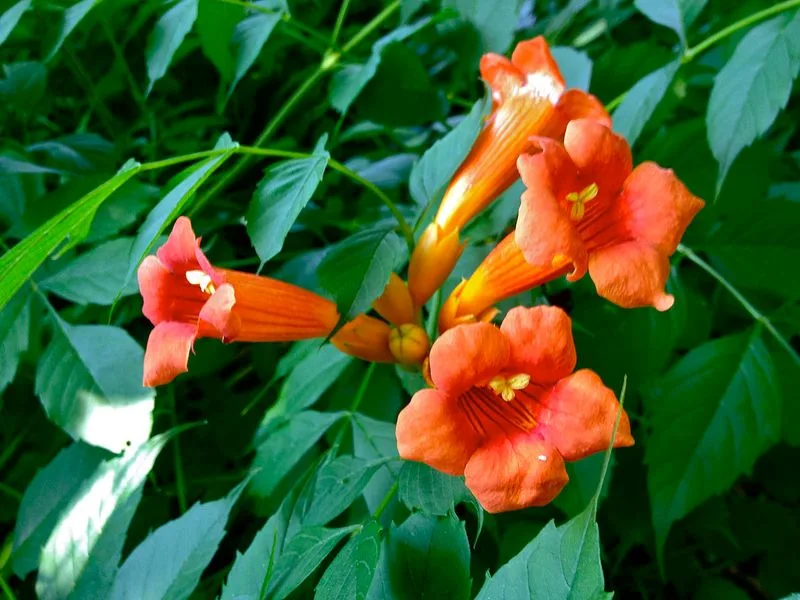
Trumpet Vine is a spectacle with its bright, trumpet-shaped flowers that attract hummingbirds. Yet, its aggressive nature can become problematic.
This plant grows rapidly, often requiring strong support to manage its heavy vines. Its ability to send out underground runners means it can spread where it’s not wanted.
Gardeners must regularly prune and control its growth to prevent it from taking over. While its blooms are mesmerizing, consider the effort needed to keep this plant in check.
Clematis
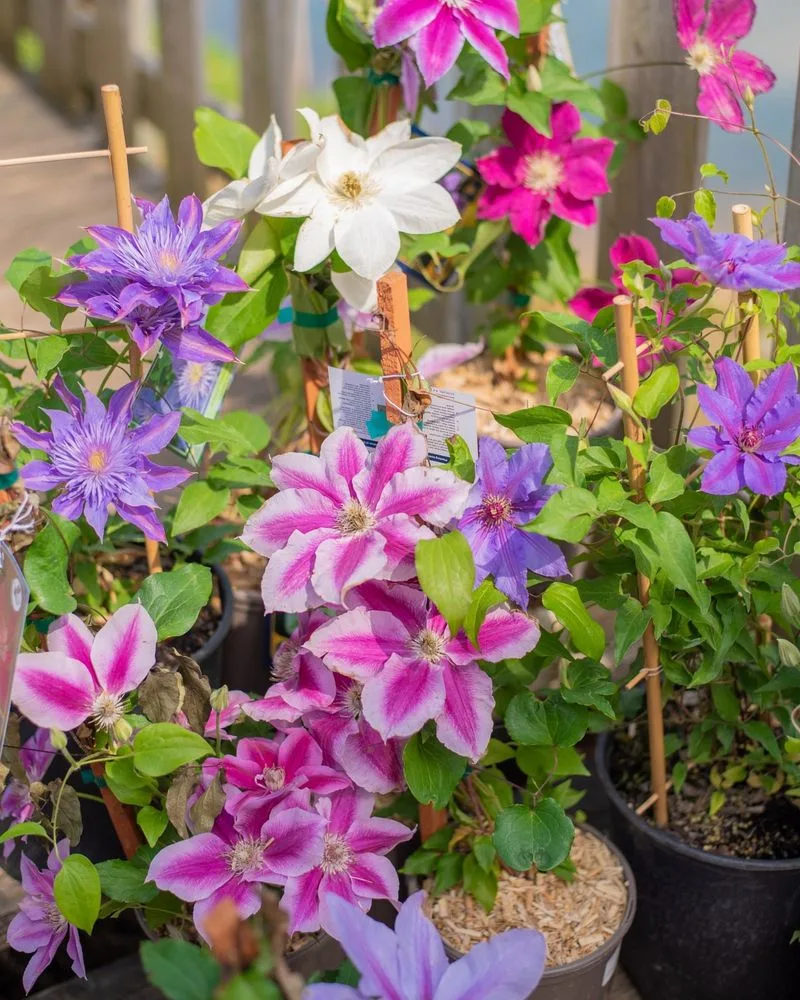
Clematis is a gardener’s delight, offering a variety of colors and forms. Unlike more aggressive vines, it tends to stay where planted, making it a manageable choice.
Its large, showy flowers can add elegance without overwhelming other plants. Clematis prefers sunny spots with cool roots, a unique combination that guides its placement.
With proper support and care, it rewards gardeners with stunning seasonal displays. Enjoy the beauty of clematis without the worry of rampant spread, making it a perfect choice for controlled growth.
Coral Bells
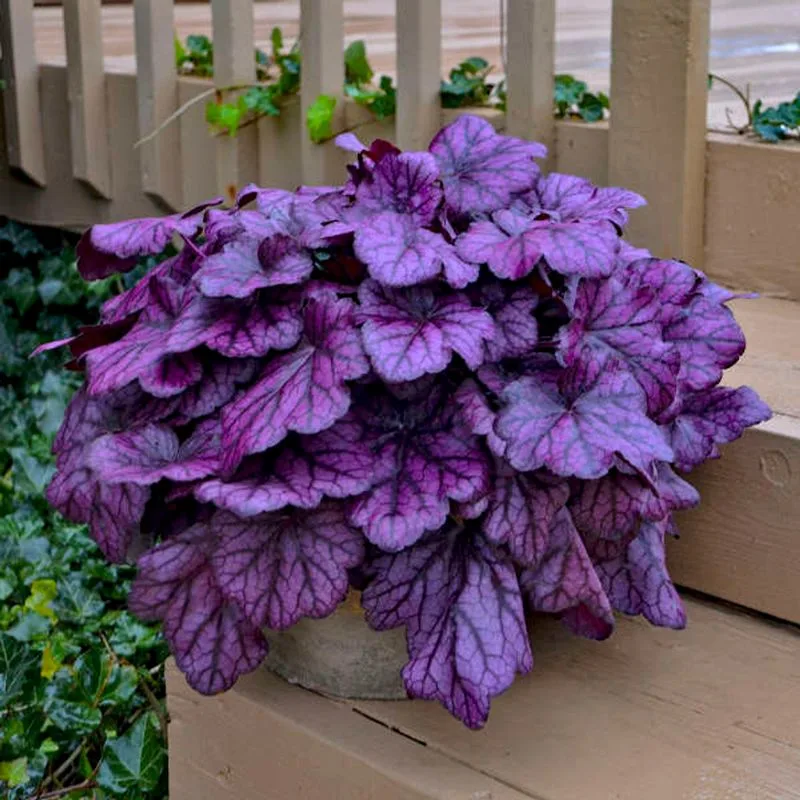
Coral Bells bring vibrant foliage and delicate flowers to shaded garden spots. These plants behave well, staying compact and controlled.
With a range of leaf colors, from deep purples to bright greens, they offer visual interest without encroaching on other spaces. Coral Bells attract pollinators with their bell-shaped blooms.
Ideal for borders and containers, they thrive without demanding constant attention. Enjoy their elegance and low-maintenance nature, perfect for adding color to quiet corners of the garden.
Hosta
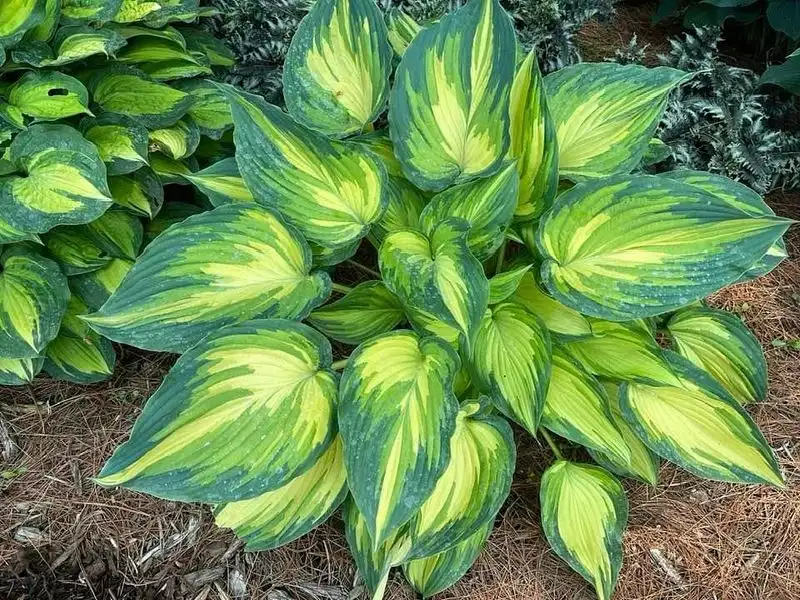
Hostas are beloved for their lush foliage and ease of care. These shade-loving plants stay where planted, forming tidy clumps that don’t invade other garden areas.
With a variety of leaf shapes and colors, hostas create a tranquil atmosphere. They thrive in shaded spots, adding texture and interest.
While slugs may pose a challenge, hostas generally require little maintenance, offering beauty with minimal effort. Their non-invasive nature makes them an excellent choice for gardeners seeking serenity without chaos.
Lavender
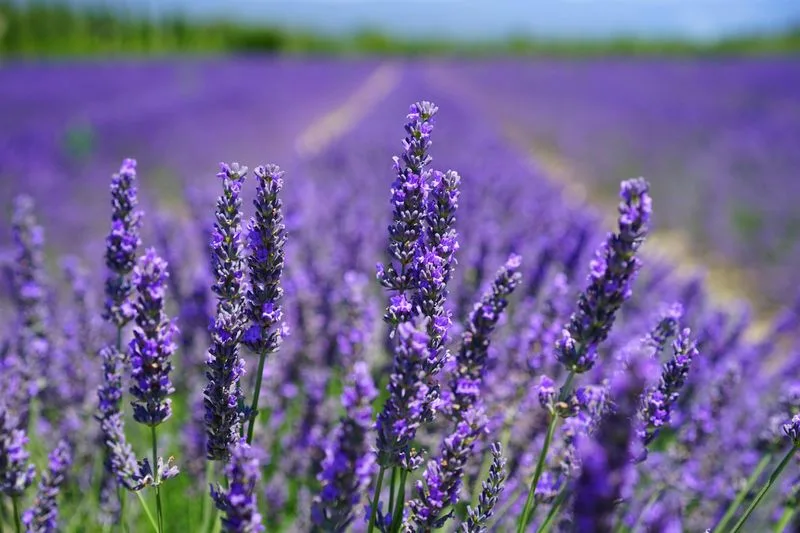
Lavender is cherished for its calming scent and beautiful purple blooms. This plant keeps to itself, growing in manageable clumps.
It thrives in sunny, well-drained spots and attracts pollinators, adding life to the garden. Lavender’s tidy growth habit means it doesn’t crowd out other plants.
Its fragrant cuttings can be used for crafts or home scents, enhancing its appeal. Whether planted in borders or containers, lavender remains a gardener’s favorite for its beauty and orderliness.
Sedum
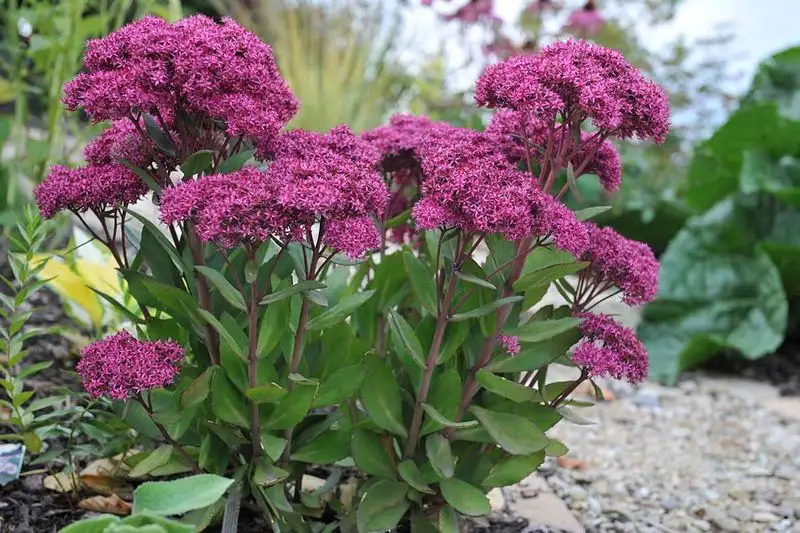
Sedum, or stonecrop, is a hardy succulent that adds interest to rock gardens. Its fleshy leaves and star-shaped flowers provide a unique look without spreading aggressively.
Sedum thrives in well-drained soil, making it an excellent choice for less hospitable areas. This plant’s low-water needs and resilience make it a gardener’s ally.
Ideal for borders and ground cover, sedum offers beauty with little maintenance required. Enjoy its varied forms and colors as they enhance your landscape with elegance and restraint.
Ferns
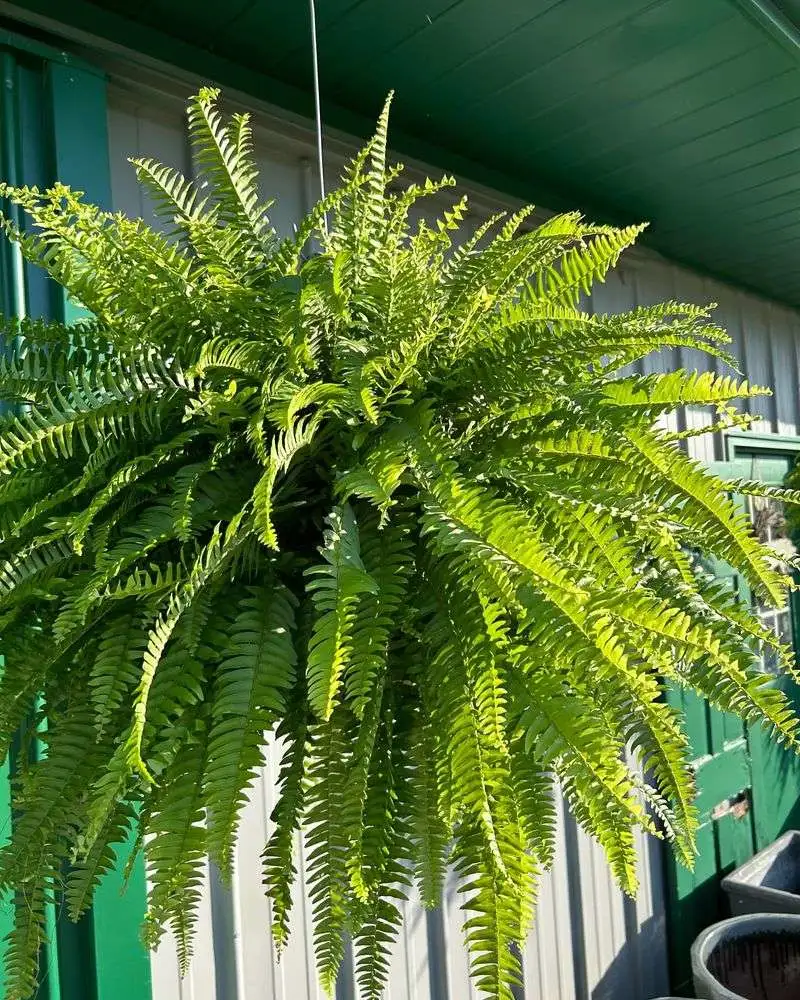
Ferns bring a touch of the wild to gardens, with their feathery fronds creating a lush backdrop. They stay well-behaved, forming clumps without taking over.
Perfect for shaded areas, ferns contribute texture and a sense of tranquility. There are many varieties to choose from, each with its own unique charm.
Their non-invasive nature makes them suitable companions for other shade-loving plants. Incorporate ferns into your garden for a peaceful, verdant retreat that requires minimal oversight.
Heuchera
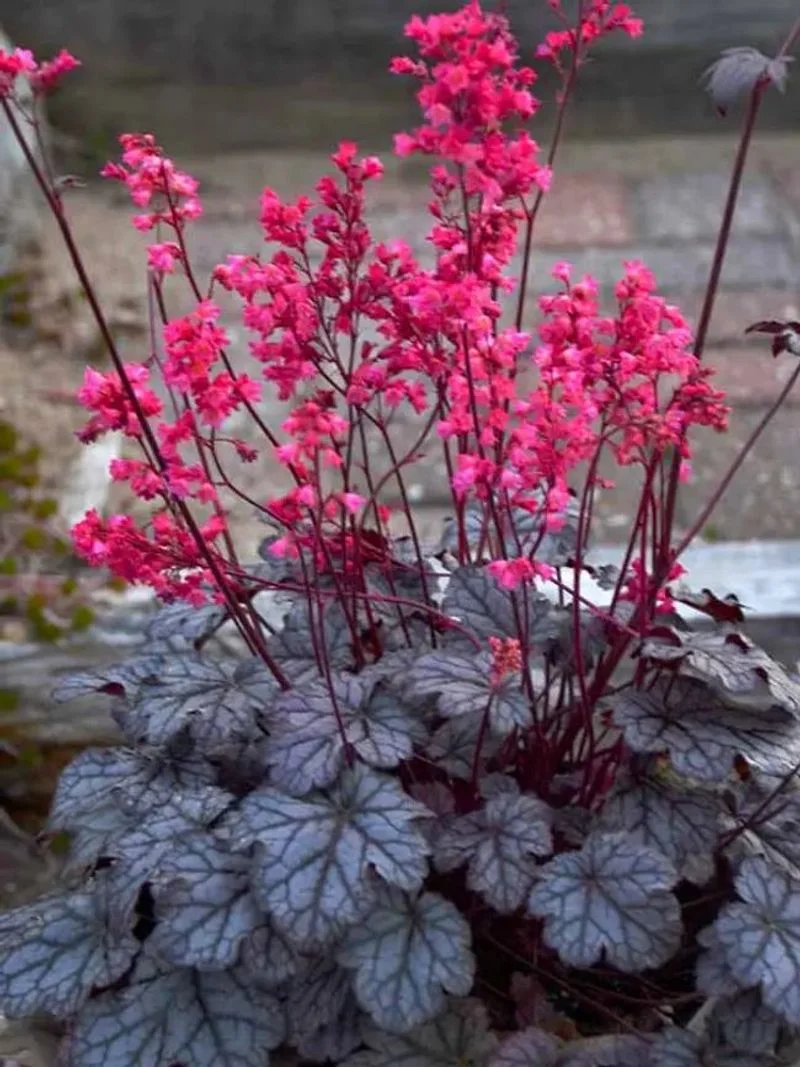
Heuchera, known for its stunning foliage, offers a palette of colors from deep burgundy to bright lime. These plants stay compact, making them excellent for borders and containers.
Heuchera’s flowers attract pollinators, adding to their garden appeal. They thrive in partial shade, requiring little maintenance once established.
Enjoy their seasonal color changes and the visual interest they bring throughout the year. Heuchera remains a popular choice for gardeners seeking beauty without aggressive growth.
Lamium
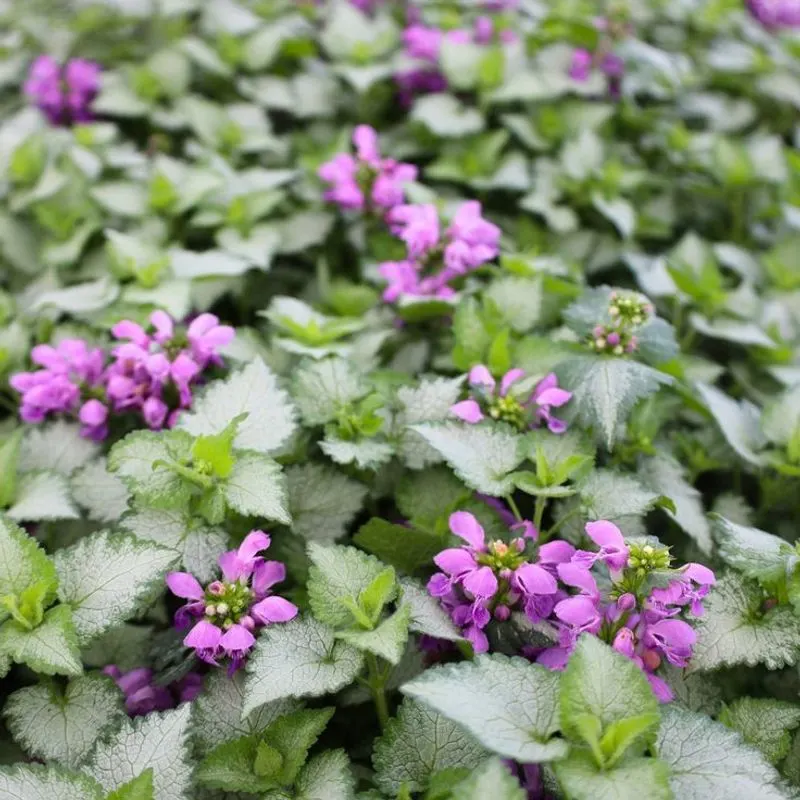
Lamium, or dead nettle, is a charming ground cover that doesn’t overextend its welcome. Its variegated leaves and delicate flowers brighten shaded areas without overwhelming neighbors.
Lamium’s carefree nature makes it ideal for low-maintenance gardens. It spreads gently, filling in spaces with elegance and subtlety.
Choose lamium for its ability to add light and texture to dim corners. This plant offers a balance of beauty and control, ensuring your garden remains harmonious and inviting.

